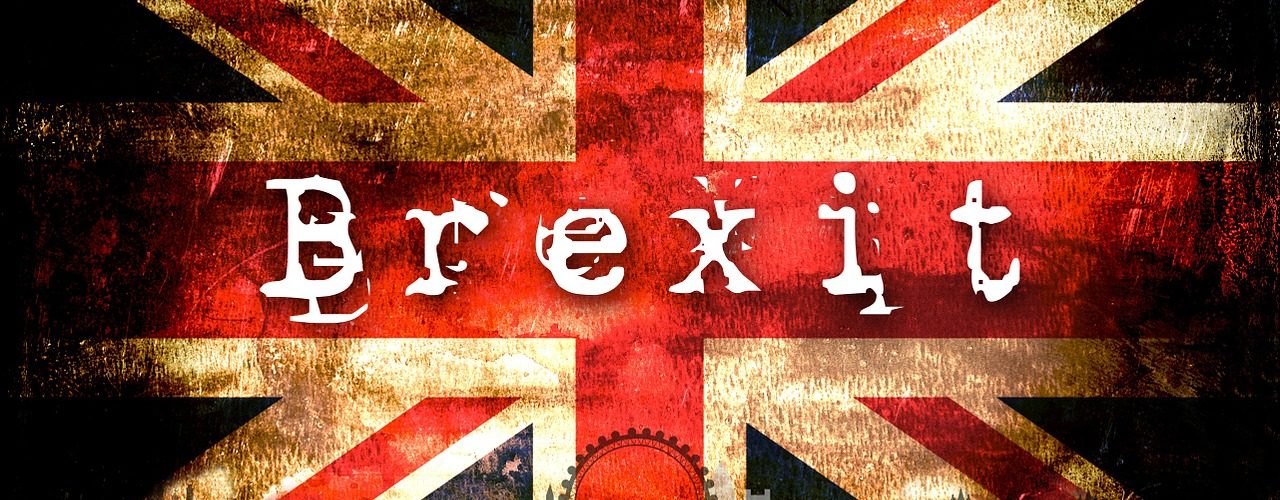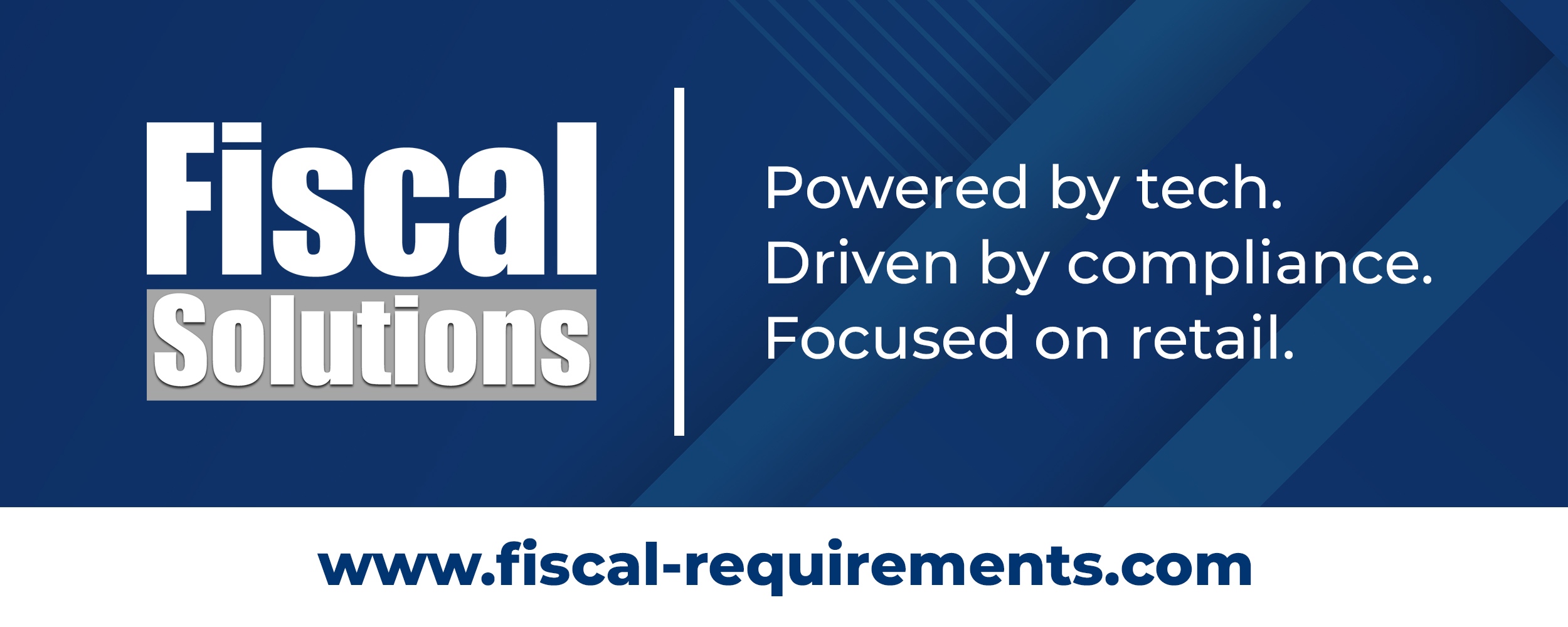Withdrawal agreement
On 24 January 2020, the Withdrawal Agreement covering the withdrawal of the United Kingdom (UK) from the European Union (EU) was signed. This was the final legal step in the Brexit process and the UK will leave the EU at 11pm on 31 January 2020. From this date, the UK will enter a transition or implementation period lasting until 31 December 2020, during which it will need to comply with EU rules and laws. Link
Brexit round 4 of negotiations … No major progress in the EU-UK negotiations (June 5)
A statement by Mr. Barnier, chief negotiator on behalf of the European Commission ”We can only take note that there has been no substantial progress since the beginning of these negotiations, and that we cannot continue like this forever.” Link
Brexit update – UK now formally rejects the extension period
On June 12, the UK formally informed the EU that it will not seek any extension of the transition period. Hence the transition period which started on 1 February of this year will come to an end on 31 December 2020. The idea behind the transition period was for both parties to secure a trade agreement and a new partnership. With the formal rejection of the UK and the required time for ratification on both sides of the new deal, the deal has to be agreed upon by October. In other words the EU will trade with the UK under the new rules as of 1 January 2021, which gives companies roughly 6 months to prepare. Link
UK to introduce EU border controls in stages from 2021
The UK will introduce border controls in stages on European Union goods after the end of the Brexit transition period, to try to soften the blow for companies already battling the coronavirus pandemic. Link
New UK Global Tariff published – applicable from 1st Jan 2021
The government issued a new Global Tariff (UKGT) that will be effective on 1st January 2021. This new tariff is tailored to meet the needs of the UK economy. It supports the economy by making it easier and cheaper for businesses to import goods from overseas. It is a simpler, easier to use and lower tariff regime than the EU’s Common External Tariff (EU CET) and will be in pounds (£), not euros. It scraps red tape and other unnecessary barriers to trade, reduces cost pressures, and increases choice for consumers and backs UK industries to compete on the global stage. Link
Free Trade Agreement
On 19 May 2020, the UK published its proposal for an FTA, together with 11 separate agreements. This confirms that unlike the EU, the UK does not seek a comprehensive partnership agreement, but is rather aiming for separate agreements, each covering a subject area; similar to those that the EU has with other countries such as Norway, Canada and Switzerland. Link
European Commission issues Notices on the withdrawal of the UK and EU rules in the field of VAT for goods & services
For goods …. Link … as a recation to the Ireland/Northern Ireland protocol
For services …. Link
Important: For VAT purposes, EU VAT rules for goods apply to Northern Ireland even though it is part of the UK. This is not the case ofr services.
Hence, Nothern Ireland will be part of the European Union. This menas that transactions between
- UK and Nothern Ireland become inport/export transactions
- EU and Northern Ireland become intra-EU transactions
- Ireland and Northern Ireland become intra-EU transactions
Fiscal representative
Non-UK business having a VAT registration number in the UK may need to appoint a fiscal representative in the UK to continue their operations Link















